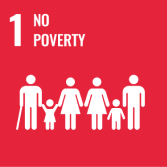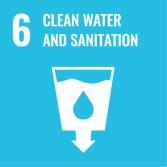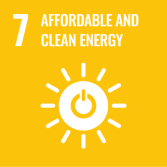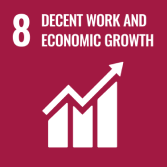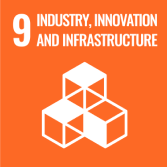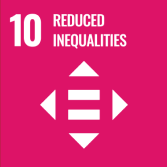It is crucial for a city to ensure economic stability and growth, along with social security and prosperity, not only for the present, but also for future generations. Increasingly, researchers are highlighting the need to apply sustainable urban growth principles to the field
[...] Read more.
It is crucial for a city to ensure economic stability and growth, along with social security and prosperity, not only for the present, but also for future generations. Increasingly, researchers are highlighting the need to apply sustainable urban growth principles to the field of urban development, arguing that this would reduce the negative impacts of urbanization processes (poverty, air pollution, unemployment, and crime). At the same time, cities are competing with one another to maintain their position in the urban hierarchy, not only in the short term, but also in the long term. The COVID-19 pandemic affected many areas of our everyday life: over 5.85 million deaths, increased unemployment, the introduction of restrictions, the closure of national borders, and various other circumstances have all undoubtedly affected to a certain degree those factors which serve to influence competitiveness. The aim of this article is to conduct an integrated competitiveness assessment of the Baltic capitals within the context of the impact of the COVID-19 pandemic for the period 2015–2020, according to an integrated assessment model for urban competitiveness (MDK), which is based upon the principles of sustainable development. A systematic and comparative analysis of the concepts published in the scientific literature has been performed, the concepts of sustainable city and sustainable urban competitiveness have been formed, research and methods of urban competitiveness evaluation have been carried out, and a comprehensive competitiveness assessment of the results of the study showed that the evaluation of integrated competitiveness of a sustainable city in the context of the impact of COVID-19 (using the Baltic capitals as an example in the period 2015–2020), in terms of the multi-criteria SAW and TOPSIS evaluation methods, is in the highest position in 2016–2019. Vilnius is in second place during the whole period 2016–2019. Riga takes third place in 2015–2019 (except in 2020, when it exchanges places with Vilnius and takes second place). Meanwhile, the results of the COPRAS multicriteria method differ from those discussed above. In 2016, 2019, and 2020, Tallinn is in the highest position, and in 2015, 2017, and 2018, it is surpassed by Vilnius. Riga remained in third place from 2015 to 2019. In 2020, Vilnius took over this position.
Full article
